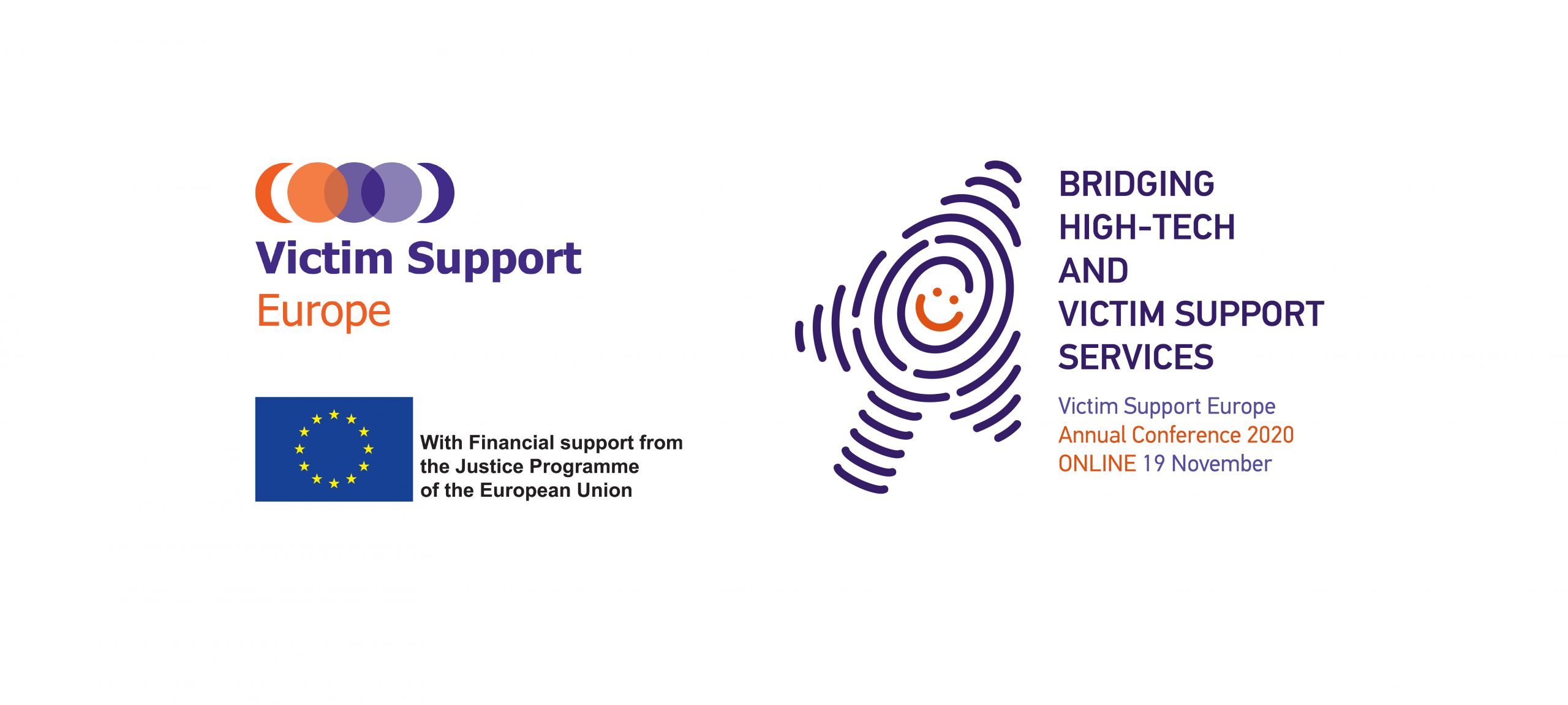Content Themes
It is consensual the importance of delivering information to victims on their rights, the services available and the next steps of the judicial proceedings. And there are clear ideas on how, when, where and by whom shall information be provided.
But we also know that the way information is a prime source of dissatisfaction of victims with the criminal justice proceedings. Recent international reports show that the main problem is not information not being provided, but how it is provided.
How can victims be reached? When and how to communicate with victims in a personalized way and in order to properly deliver tailored-made information? How can technology help us to achieve this purpose? How can we know what really works?

Frederico Moyano Marques, Senior Adviser and Chief Operations Officer, The Portuguese Association for Victim Support (APAV), Portugal
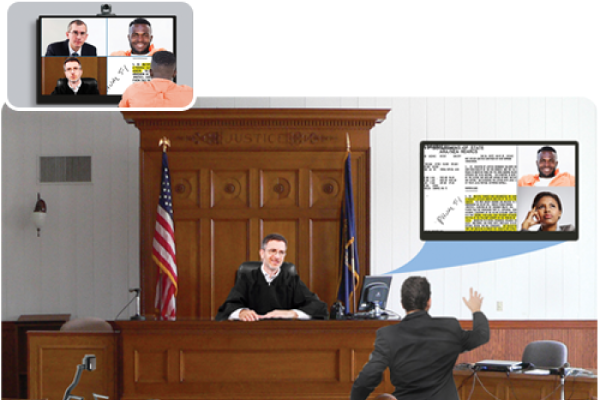
Henrik Engell Rhod, Chief Judge at the District Court on Bornholm, Denmark
Rauno Kiris, State Prosecutor Internal Control Department, Office of the Prosecutor General, Estonia
Eneli Laurits, District Prosecutor in North District Prosecutor’s Office, Estonia
THEME 2: Technology in the courtroom: digital justice
Transparent and user-friendly rule of law boosts the economy, attracts foreign investments, improves the work-flows of the entire judicial system, and as if that wasn’t enough – it remains one of the cornerstones of democracies around the world. Today, the Estonian court system is considered one of the most efficient in Europe, with its automated court procedures and electronic communication tools. Also, Denmark showed incredible progress in digitization of criminal justice chains when in February 2018 all Danish courts went digital.
In the first part of the session, we will showcase the physical courtroom, the children’s interrogation room and the online court system of Estonia.
The second half of the session will be devoted to the remarkable digital justice developments of Denmark. The District Court of Bornholm was the first Danish court to implement videoconferencing technology in courtrooms in 2007.
THEME 3: Technologies for the benefit of victims within police setting
New technological innovations have been developed to provide much needed support for victims of crime within the police setting, to prevent secondary victimization and to improve the performance of the police when dealing with victims, but we know remarkably little about how and why certain innovations are adopted, and the consequences – both intended and unintended – of technology-driven solutions to to make the world a safer place. The session will provide an examination of a wide range of new technological innovations that have applications within the police setting generally, and victim support units (in police) in particular.
The following innovative tech tools and initiatives will be presented at this session.
ANPR
Everybody is familiar with them now: the ‘smart’ cameras which record vehicle registrations and check that you have been staying under the speed limits for a section of road. However, “automatic number plate recognition” or ANPR cameras do more than that. They are used by the local police to detect stolen or uninsured vehicles or to track down suspect cars. Automatic Number Plate Recognition (ANPR) technology is used to help detect, deter and disrupt criminality at a local, force, regional and national level, including tackling traveling criminals, Organised Crime Groups and terrorists. ANPR provides lines of enquiry and evidence in the investigation of crime.
The use of drones for the benefit of victims
When a child goes missing, the first 48 hours are critical—but they are also the most stressful and chaotic. An innovator testing state-of-the-art drone technology allowed the police to operate in a populated area where the search takes place. Drones provide an aerial view that, through process of elimination, could show in real time where the child is or not. This ultimately aids first responders in quickly narrowing the search and pinpointing the missing child’s exact location.
The app to protect victims of violence
Digital victim calling cards
Patrol officers have mobile devices with a function to provide an immediate contact card for the victim to receive updates, ask questions and also be signposted into victims services automatically.
Body Worn Video being rolled out with digital evidence management systems that automatically input footage into a case file – very important to capture the victims perspective as soon as possible after the incident whilst also providing best evidence for criminal or child protection proceedings.
Operation Encompass is an initiative where officers attending domestic abuse incidents with vulnerable children present make a direct referral to the children’s school via mobile devices. This is done from the scene and in agreement with the schools. As a result, teaching staff who have been given training in domestic abuse and Adverse Childhood Experiences will be ready to support the child when they attend school. Quite often vulnerable children will arrive at school without food, in a poor state of hygiene and distressed. This may manifest itself in behavioural problems that in turn can lead to exclusions and judgemental processes.
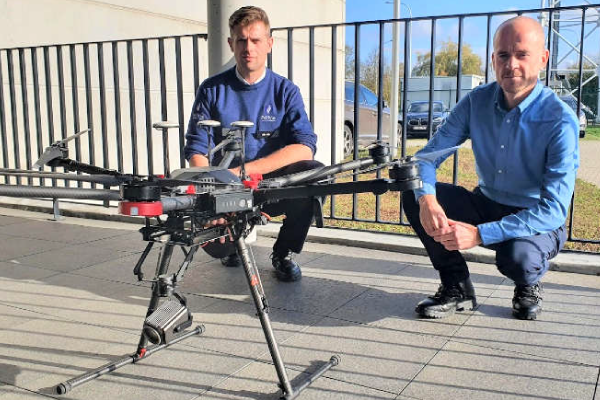
Thomas Botterman, First Chief Inspector, Head of Crime Investigation Unit, Police area of Deinze-Zulte-Lievegem, Belgium
Sarah De Valckenaere, Social assistant, Police area of Deinze-Zulte-Lievegem, Belgium
Evi Vandendriessche, Head of Bureau Police Care, Ghent Police Forces, Belgium
Andy Rhodes, Chief Constable, Lancashire Constabulary HQ, UK
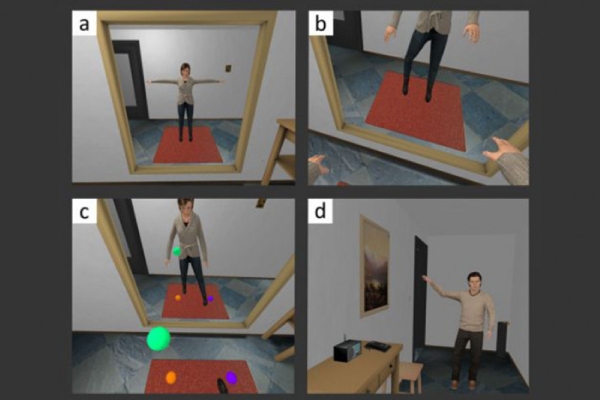
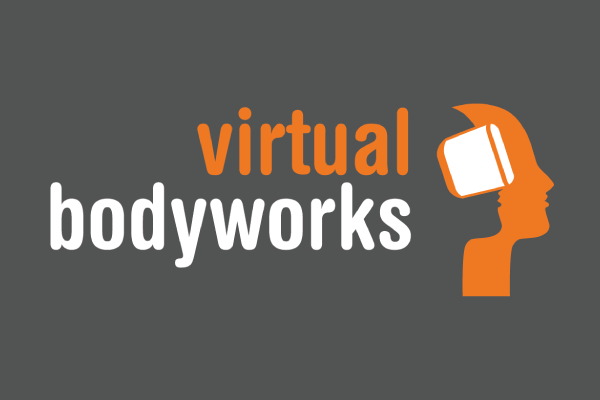
Danny Nachmuly, VP Sales and Marketing, Octopus ltd, Israel
Dan Klein, Head of Communication, The Security and Crisis Centre by the EJC (SACC by EJC), Belgium
Charlie Pearmund, Managing Director, Virtual Bodyworks, Spain
THEME 4: Design and implementation of web-based and VR tools that increase the availability of, or improve access to, products and services that are necessary for people to survive and thrive
How do crisis management experts use technologies to help communities prepare for the worst?
SACC is a Brussels-based highly qualified team of crisis management experts providing assistance and support during crisis events, like a terror attack or a natural disaster. During a real crisis, SACC by EJC team provides assistance and support.
The SACC Control Room is equipped with all necessary means and amenities for supporting a large-scale community crisis event. The aim is to help improve the connection between the communities across Europe and within the countries in order to enable maximum cooperation during a crisis.
The Jewish Security App (JSA) project aims to provide an alerting application to all Jewish community leaders across the continent in order to report Hate Crime.
______
Thousands of people in the EU are now using the phone app called ‘Octopus’ – a virtual panic-button. It can instantly send an alert to control in both the victim’s home country and a European network headquarters in Brussels, where an alarm sounds.
The siren causes the central control room operator to look up from his desk to a bank of nine television screens, where a red dot is now pulsing at the location of the attack; seconds later a video or audio Livestream is available. In the location country, the police are now on their way.
The Octopus system is also used to gather data not just on physical attacks but on issues like anti-Semitic graffiti and online and workplace bullying. If someone sees a swastika painted on the wall, they can just snap a picture and upload it. In a control room secured behind a massive steel door, security specialists, some of whom are carrying sidearms, constantly scan the images for anything that looks out of place.
______
Another focus of this session is on virtual reality for medical and psychological rehabilitation.
Virtual Bodyworks was founded by world renowned scientists in VR and it offers products that integrate a unique combination of computer science engineering, neuroscience and psychology.
One of its key products is VRESPECT.ME. This application lets aggressors feel like a victim on the receiving end of aggression through immersive virtual reality and embodiment, i.e. the aggressor will see, hear and feel how it is to be attacked by him or herself. This virtual experience has been specifically designed to help aggressors develop empathy and improve social behavior. VRESPECT.ME is a powerful tool for behavioral therapy professionals in for example prisons and clinics.
Next to VRESPECT.ME, Virtual Bodyworks offers several other products in the rehabilitation field and it foresees many other exciting VR applications in the future.
THEME 5: Gaming and other educational technology tools for social change
The Fernando Buesa Foundation, continuing with its work in the field of Education in Values, has produced a video game called “Concordia”, through which young people will discover the content of the articles on Human Rights of the Universal Declaration of Human Rights, and thus incorporate this knowledge into their personal experience.
An adventure is proposed to young people in the comfort of the virtual environment to learn more about the need to preserve their freedom, defend justice, act with respect and solidarity, as well as possible conflicts when defending those rights. The video game, which is available in Spanish, Basque and English, can be used in educational centers as well as in the family environment as a didactic tool to deepen the knowledge and reflection on the fundamental rights of each and every one of the human beings.
______
The Hate Interrupter Teams Creative Tool is an application aimed at professionals working with young people in educational contexts, supporting them to raise awareness on Hate Speech & Behaviour and its negative impact, and to empower young people to counteract the phenomenon through creative tools.
The HIT app allows users to generate content mainly based on storytelling and social marketing principles, which can be used in formal and non-formal education settings and widely disseminated through social media, allowing young people to take action and collaborate with different stakeholders to promote Human Rights.
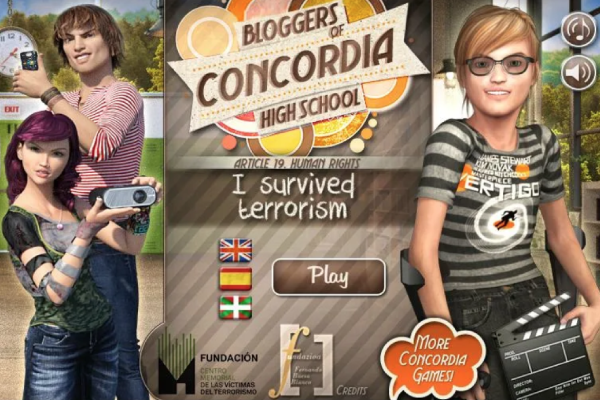
Eduardo Mateo Santamaría, The Fernando Buesa Foundation, Spain
Gigi Guizzo, The Hate Interrupter Teams Creative Tool, The HIT project, EU
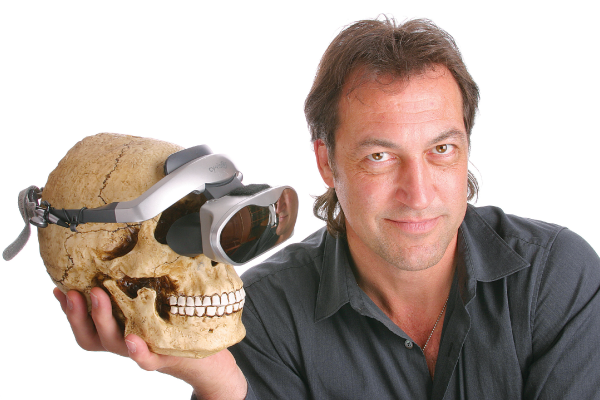
Albert “Skip” Rizzo, Ph.D., Director, Medical Virtual Reality – Institute for Creative Technologies, Research Professor – Dept. of Psychiatry and School of Gerontology, University of Southern California
THEME 6: The Use of Virtual Reality in the Treatment of Posttraumatic Stress Disorder (PTSD)
This exciting session tours virtual reality in both its current therapeutic forms and its potential to transform a wide range of medical and mental health-related fields.
The session will be conducted by Albert “Skip” Rizzo, the associate director for medical virtual reality at the USC Institute for Creative Technologies, whose work using virtual reality-based exposure therapy to treat PTSD received the American Psychological Association’s 2010 Award for Outstanding Contributions to the Treatment of Trauma.
When working in brain injury rehabilitation in the late 1980s and early 1990s, Albert “Skip” Rizzo, PhD, was frustrated. The pencil-and-paper workbook exercises he used during sessions to help patients regain cognitive function were hardly engaging, but he was at a loss for what other tools to try. Then one day, a 22-year-old patient brought a Game Boy into his office.
Dr. Rizzo watched as the young man with a frontal lobe injury played Tetris intently for 15 minutes. And as he watched, he noticed the patient’s performance improve. Technology, he realized, could be a clinical game-changer. For Dr. Rizzo, the revelation was a career game-changer.
Dr. Rizzo went on to help establish a clinical virtual reality lab at the University of Southern California in Los Angeles and, for the last 25 years or so, has designed, developed, and studied simulation technology for use in patient care. In a 2017 article, Forbes magazine deemed him the father of the clinical virtual reality industry.
At VSE Annual Conference 2020, Dr. Rizzo will discuss the use of virtual reality for PTSD treatment and address whether he believes clinical virtual reality is truly ready for the practice setting. (Spoiler alert: He does.)

Young-Suk Oh, Senior Inspector, Korean National Police Agency Victim Protection Division, South Korea
THEME 7: Victim protection smart watch to help victims of dating and domestic violence
Korean National Police Agency Victim Protection Division will introduce technologies (safety watches) given to women at high risk of domestic violence.
The watch looks and functions like a normal smartwatch but has a red emergency button on the side that immediately connects to a 24-hour call centre, pinpoints the location of the user and starts recording sound. Authorities are notified, if necessary, and recordings can be forwarded to police.

